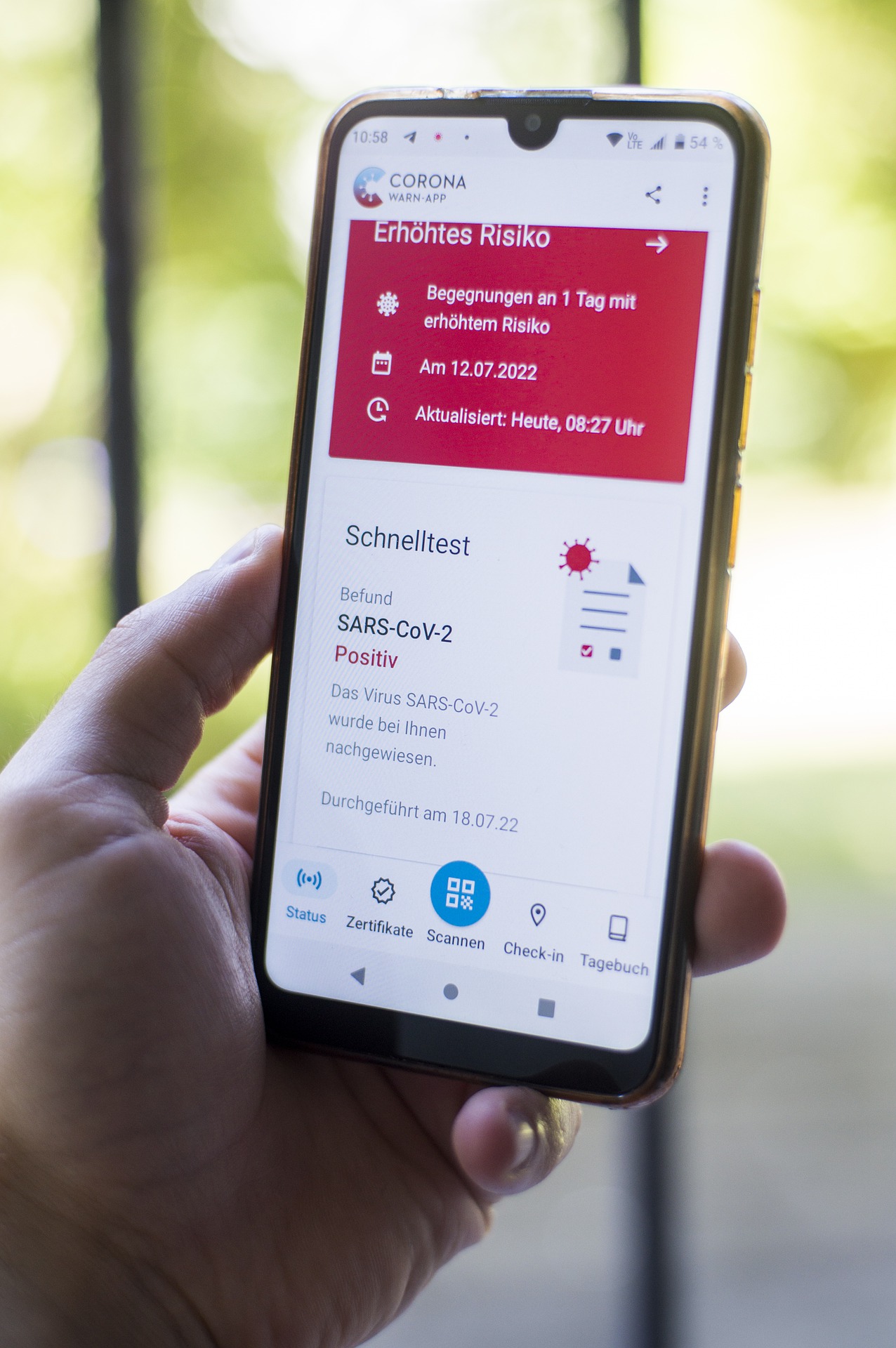Coronavirus Apps and Dashboards
Coronavirus apps and dashboards are essential tools for hospitals and public health agencies. They provide health statistics and detailed information about the disease. Furthermore, they act as a reference for future researchers and developers. Consequently, these tools help improve health care and public safety. One of the most important benefits of these apps is the ability to track contact between people and prevent the spread of the disease. Government agencies are also using these apps for this purpose.
pnpcoda
The PNPCODA dashboard and apps help manage public health and disease data efficiently and securely. They let users input data through their desktop computers or mobile devices. The system uses templates to speed up data entry. To access the dashboard, users must create an account. Then they can log in to their dashboard or apps and input data about patients.
The dashboards give users an overview of data in the database and include a visualization tool. They allow healthcare providers and government agencies to track trends and disease outbreaks. The information provided by these dashboards is reliable and easy to interpret. Healthcare providers and government organizations can also use the PNPCODA mobile app to track the spread of disease outbreaks. Contact tracing apps, for instance, enable health departments to track the distance of COVID-19 from one location to the next.
Another benefit of the PNPCODA dashboard and apps is that they are available to everyone, including doctors and pharmacists. This makes it easier for them to keep track of patient vaccination history and share it with other healthcare providers. In addition, PNPCODA also helps track disease spread across the country. Users must first create an account to access the PNPCODA dashboard and apps. An account can be obtained by contacting a government authority. Once they have their account, they can log in to their Covid account.
Coronavirus Symptoms Apps
Coronavirus Symptoms apps and dashboards have helped governments, universities, and health departments better track the disease’s spread. They show trends and levels of symptoms and can help limit contact. Contact tracing apps are also helpful, helping health departments identify people who may have come into contact with the virus.
Coronavirus Contact Tracing Apps
The use of mobile phone-based contact tracing apps and dashboards for coronavirus control has become popular in many countries. Developed as part of a comprehensive strategy, such apps and dashboards help to determine the location of individuals at risk for disease. As a result, they can be a valuable tool for governments, hospitals, and other health departments to track symptoms, limit contact and monitor the spread of the virus.
These apps are increasingly used in the fight against the SARS-Cov-2 virus. They help speed up the processes of proximity tracing, geolocation tracking, and reporting. They can also help detect hotspots for infection, which is essential in containing the spread of this disease. However, many people remain skeptical about contact tracing apps because of privacy and security concerns. To ensure the widest acceptance of such apps, governments must ensure adequate transparency and public trust before introducing them.
Although contact tracing apps are helpful tools for public health, they should not be used by unauthorized parties. These could be individuals you exchanged tokens with, big data analysis companies, or malicious actors. They should also be voluntary and designed to be turned off and deleted when the pandemic has ended. An independent, non-partisan committee should also develop them. Preferably one made up of privacy, health, and legal experts. The data generated from these apps should be anonymized and shared only with public health authorities, with personally identifiable information being deleted after the outbreak.
What Are Coronavirus Mobile Apps?
Coronavirus mobile apps and dashboards are tools that provide real-time information about the spread of the coronavirus. They use data from public health agencies, symptom checkers, and the Michigan Department of Health and Human Services to track the state of the disease. They also provide news and information, videos on the coronavirus, and patient education materials.
